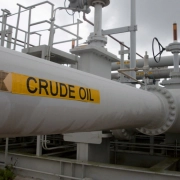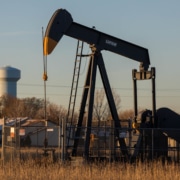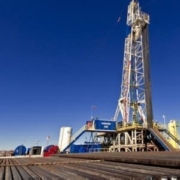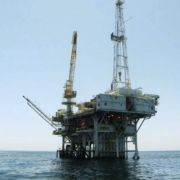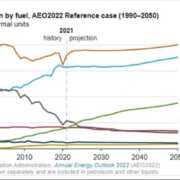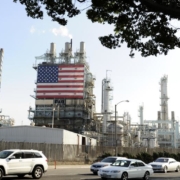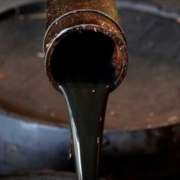Oil settled lower on Friday as members of the International Energy Agency (IEA) agreed to join in the largest-ever United States oil reserves release. This will surely result to oil prices ease.
Both Brent and US crude benchmarks settled down around 13 percent in their biggest weekly falls in two years after US President Joe Biden announced the release on Thursday.
Brent crude futures were down 32 cents, or 0.3 percent, at $104.39 a barrel. US West Texas Intermediate (WTI) crude futures fell $1.01, or 1 percent, at $99.27.
Biden announced a release of one million barrels per day (bpd) of crude oil for six months from May, which at 180 million barrels is the largest release ever from the US Strategic Petroleum Reserve (SPR).
Member countries of the IEA did not agree Friday on volumes or the commitments of each country at their emergency meeting, said Hidechika Koizumi, director of the international affairs division at Japan’s Ministry of Economy, Trade and Industry. He added that additional details could be known “within next week or so.”
Click here to read the full article
Source: ALJAZEERA
If you have further questions about the topic of Oil Prices ease, feel free to contact us here.

